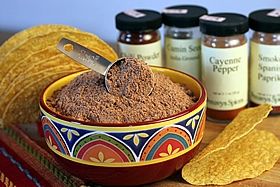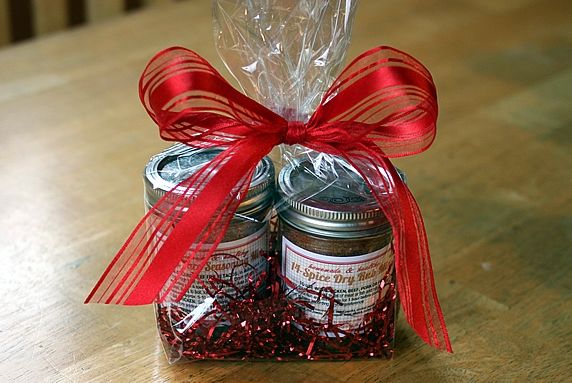Experiment with Natural Dye

Dye clothing, curtains and other textiles with food items that are already in your pantry. Blackberries, spinach and red cabbage are among the fruits and vegetables that can produce beautiful natural dyes. The striking golden yellow seen above was made using onion skins!

I have been wanting to experiment with
natural dyes for a while now, and with all the great new
fall colors that have been popping up on our website (and featured in our
monochromatic trend) I decided that it was time. This is such a fun, environmentally friendly project that takes a little time, but very little cash.
For today’s DIY I’ll tell you about what
natural ingredients you can use to make natural dyes, and what shades of color they will yield.
What I got: red cabbage, lemons, oranges, beets, yellow onions, blackberries, blueberries, spinach.
For bluish/purple dyes:

 Blackberries
Blackberries and
red cabbage can be used to make bluish/purple dyes. It’s important to remember when working with natural dyes that
experimentation is key – depending on the amount of ingredients you use and how long you leave a garment in the dye, the color you get can vary.
For pinkish/red dyes:


 Beets
Beets and
blueberries can make a really lovely dusty rose color.
For copper/orange dyes:


I never realized what a beautiful color
yellow onions can have! Their skins can make an alluring mustard yellow, coppery color.
For yellow dyes:


 Orange
Orange and
lemon peels can be used to make a soft pale yellow dye.
For green dyes:


Finally, spinach can be used to make a beautiful shade of green.
Now what?
To make the dye, chop up your ingredients and put them in a pot with twice as much water as ingredients. Bring the water to a boil and let simmer for an hour. For deeper colors, you can leave the ingredients in the water (without heat) overnight.
Remove the hard materials from the mixture with a strainer, leaving you with the liquid dye.
Before dyeing, you will also need to create a
fixative, which will help your fabric hold the dye.
When working with berries, use a salt fixative – put 1/2 cup of salt in 8 cups of water, put the fabric in and boil for one hour.
When working with vegetables, use a vinegar fixative – mix one part vinegar and four parts water, add your fabric and boil for one hour.
When you remove the fabric, rinse in cold water.
The fabric is now ready to dye! Just drop it in the desired color, let sit until it reaches the shade you want, remove and hang to dry.
Source:
Wednes-DIY: Making Natural Dyes | Free People Blog http://blog.freepeople.com/2011/08/diy-natural-dyes/#ixzz2AKp0DnEp



































